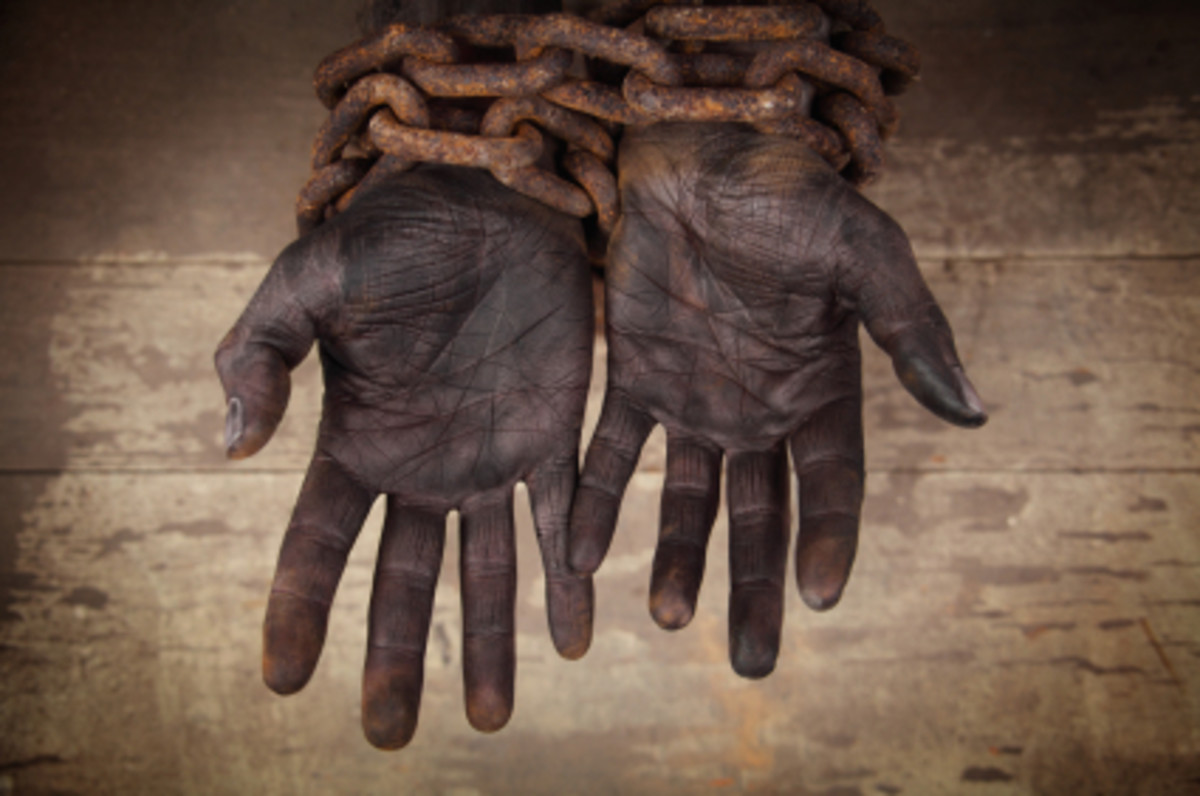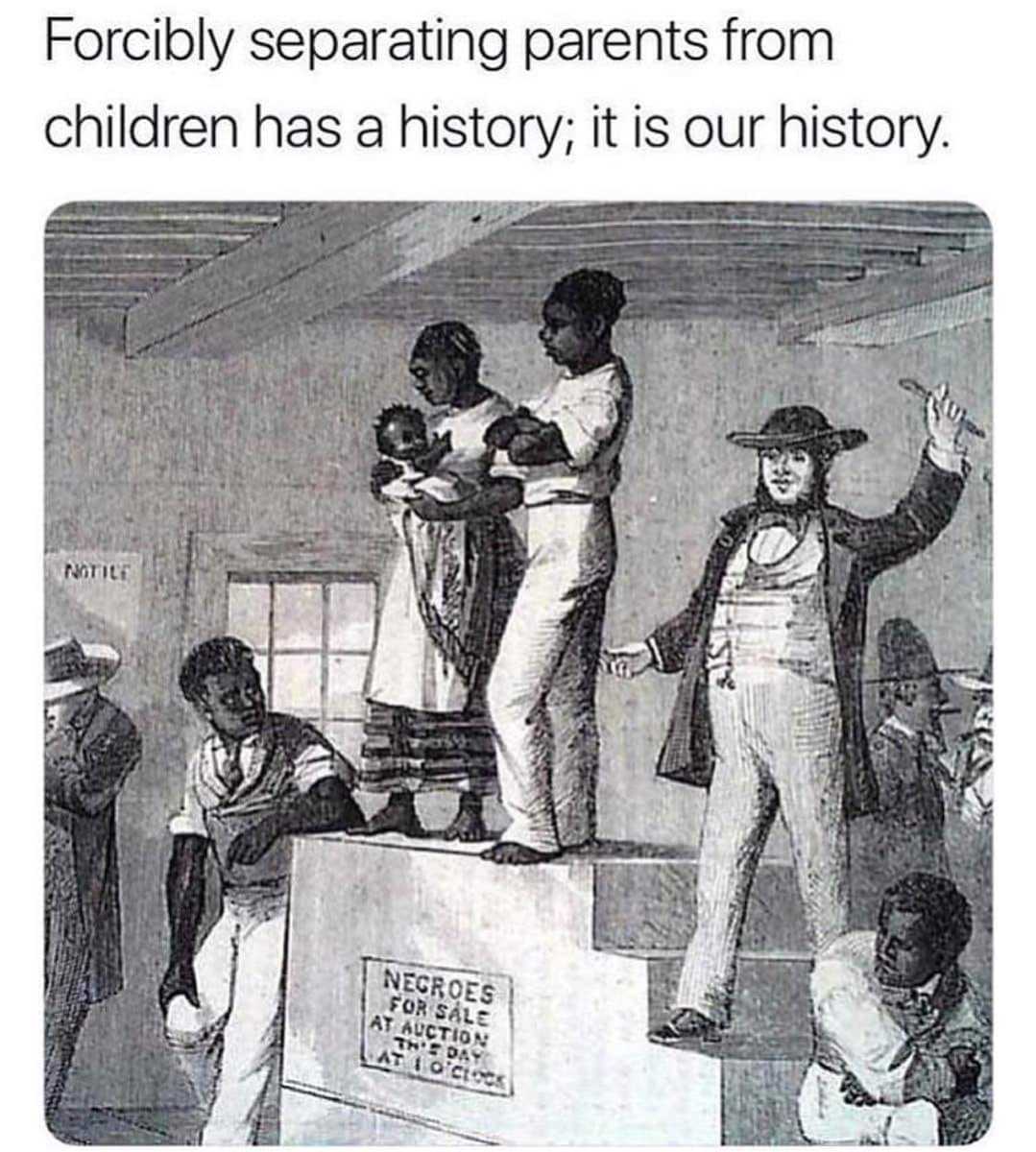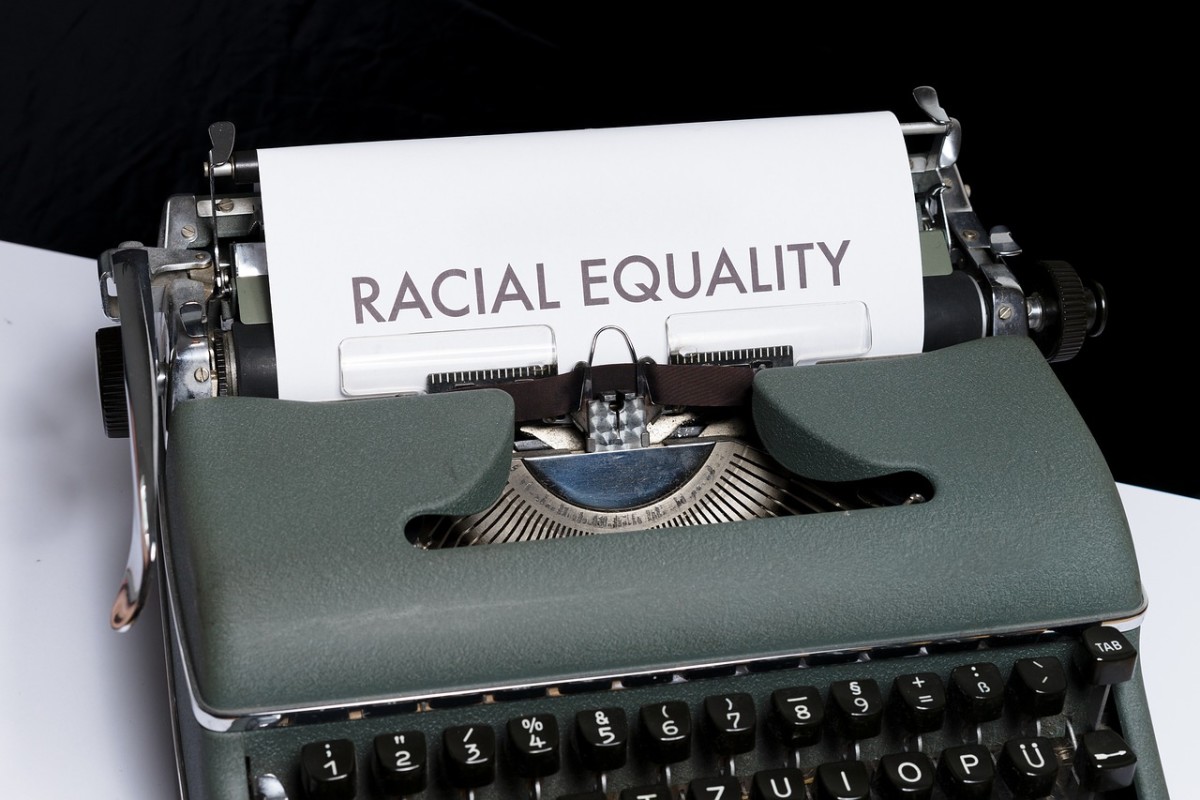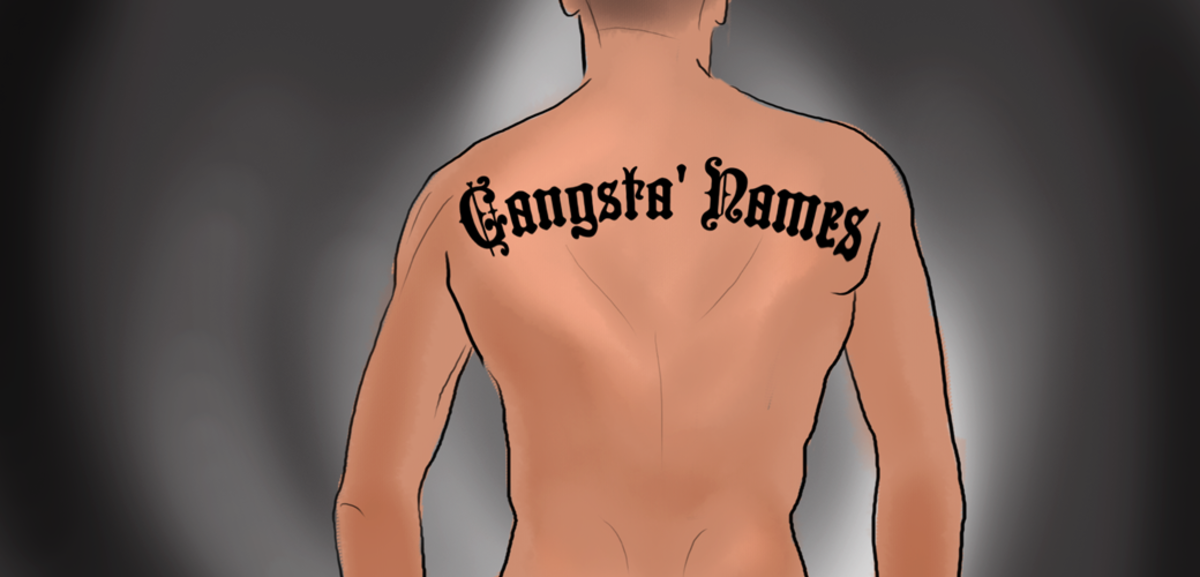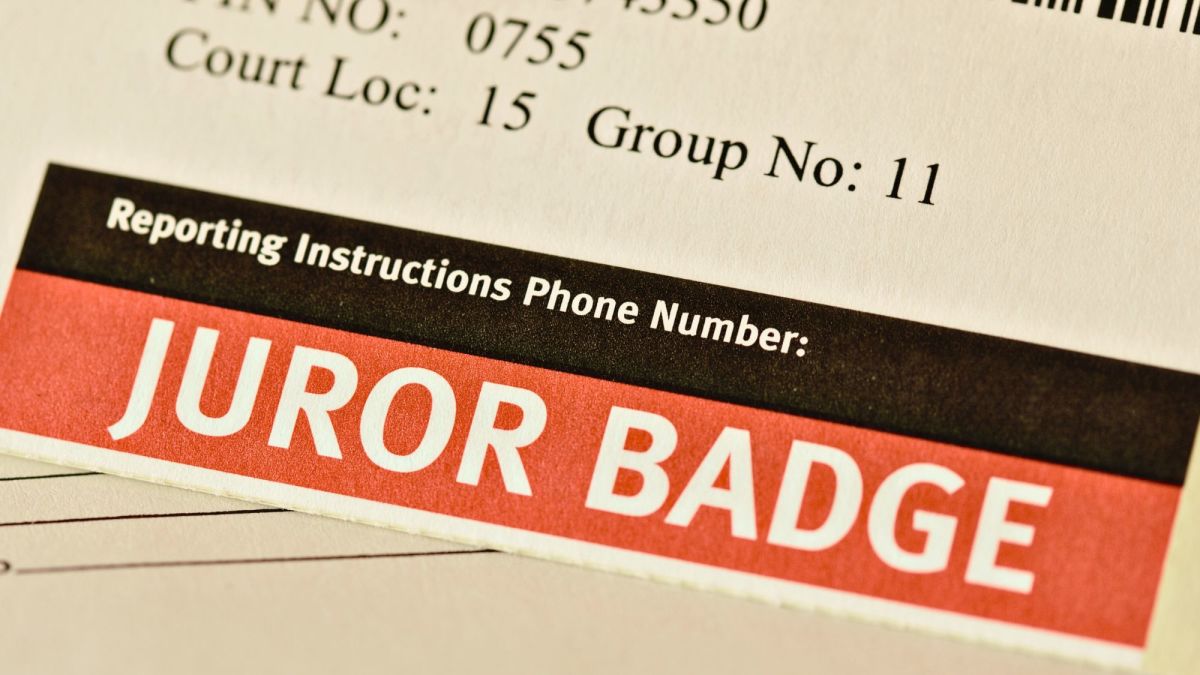With Great Power
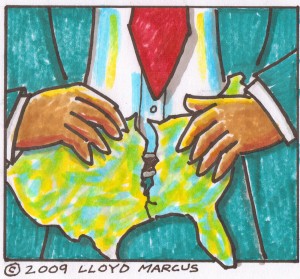
What Does Race have to do with Racism?
Preface:
I was to write an article for my Graduate school and this is the topic I chose. I do not intend to offend anyone by what I wrote but it seems I have the propensity to do so. I am speaking from research that I conducted using news articles, word of mouth accounts, and peer reviewed journals in the Psychological Community.
I hope you read my word in the light of scholarly writing and not as a method to jump on a soap box.
kdp
With Great Power
Racial Division Surrounding the 2008 U.S. Elections
Kathryn D. Perez
Walden University
Abstract:
Racial inequality has a new face. Those who were treated unfairly through History feel empowerment in the diversity of the newly elected President. These changing inequities are being reported by media getting the attention of Americans. President Obama’s campaign and election created presumed superiority in a race that has been kept in a somewhat self-imposed state of inferiority (Crowley & Figueroa, 2009). To continue to blame the white population for the negative direction of other races is naïve and comes from a place in History that seems permanently engrained so it is difficult to wipe away. Until the new Presidency they felt helpless to lift themselves (DeAngelis, 2009). Racial mistreatment created the monster of abusive racial behavior in African Americans.
With Great Power: Racial Division Surrounding the 2008 U.S. Elections
Regarding racism in the United States, the question is whether the problem of social influence, illusions of control, or psychological development is the root cause? Each of these causes contributes to the difference in racism being displayed in America since the beginning of the 2008 campaign for the Presidency in the United States. The difference between political racism of past decades and that of today is that the roles appear to be reversed.
Behavioral development and social roles create attitudes within a community. When citizens marched for civil rights in the 1960’s south they were met with violence. Many were beaten and even killed in the process of change (Haney & Pettigrew, 2006). The memories are imbedded into the minds of the adults who lived during that volatile time. Developmentally and socially, the abuses produced belief that all white men tried to keep the black citizens “in their place” (Haney & Pettigrew, 2006). According to W.E.B. DuBois the purpose of societal bonds within the African American community was to maintain pride as well as a collective spirit of the culture that was built around their heritage (Gaines & Reed, 1995). The problem is that not only did it build camaraderie in the culture but it also bred anger in the perceptions of continuing neglect and mistreatment. Cognitive approaches based on these lessons created authoritarian personalities (Duckitt, 1992). Optimism and self worth are conducive to strengthening the illusions of control (Fast, Gruenfeld, Sivanathan, & Galinsky, 2009). The 2008 Presidential campaign introduced an African American man to the forefront creating that optimism (Fast, et al. 2009). A presumed switch in power helped foster this belief (Fast, et al. (2009). The social bonds that held the African American community together throughout History enable the race to grasp the self-presumed entitlement that emerged with the candidate’s rise in popularity.
During the actual voting of the 2008 Presidential elections there were reports of Black Panther members standing outside of polls (FoxNews, 2008). One Black Panther was holding a night stick. It was also reported that he told a white voter that ‘they’ were tired of “white supremacy” and was tapping the night stick in the palm of his hand with an intimidating gesture (FoxNews, 2008). With an African American man in the White House the people who have felt oppressed and repressed for centuries found their icon (WND, 2008). The public figures that put the then future President on a pedestal created a new social order within the racial minority group (WND, 2008).
Adult African Americans were the youth of three or four decades ago. They felt the sting of racism (Haney & Pettigrew, 2006). Segregated in school, on public transportation venues, and even in restaurants, much was learned. Their social upbringing in family and community formed the bonds and insecurities that would develop into illusions of control. Although the Presidential candidate did not call for racial disparity, but instead called for all men to come together, his words and the perception of what he would do for their race was enough to enable the African Americans to pick themselves up and fight back (Elder, 2008). Larry Elder quotes NYC Councilman Charles Barron in his novel Stupid Black Men, “I want to go up to the closest white person and say, ‘you can’t understand this, it’s a black thing,’ and then slap him, just for my mental health” (2008). This racially biased comment was greeted by applause from the blacks in his audience, giving credence to racial empowerment. The issue is primarily with the racist behavior shown in African American communities. Caucasian Americans are increasingly apprehensive, thus they say nothing because of the chance they will be labeled racists themselves.
In addition to the self-imposed importance created by the President’s inauguration there are many psychologists and psychiatrists who would agree that making a cultural minority more visible will help them to enable their own self worth (Sue, 2004). Dr. Sue contends that as long as white people contain an innate disrespect and distrust of minority cultures, even if they do not express it, then those minorities will never truly be treated as equals (2004). This contention is supported by others yet also argued by psychologists as well. There are some who would say that when racial differences are blatantly indicated it creates the dissention and potential racism. In the world of beauty pageants, professional awards, and even independent professional organizations it becomes obvious that sometimes the cultural bonds tie the minorities into their own groups voluntarily instead of working toward total integration with their peers. Does racial empowerment come from this culturally motivated segregation? When Dr. Sue took his research to the street he discovered when white people were asked “What does it mean to be white?” some were offended. He determined this reaction was a latent underlying hypocrisy of the white people (Sue, 2004). He indicated that their refusal to answer the question or their generic responses such as “We are all the same under our skin” actually indicated their racism or their ‘whiteness’ (Sue, 2004). When psychologists derive such conclusions it will also give rise to inaccurate synopses of the true meaning of being of a particular race.
The direction our country is currently heading gives credence to continued racial disparity. The President of the United States does not outwardly condone nor support the racist actions of the African American people however in his role as leader of the free world he mistakenly displays mixed messages as well. An example would be his comments regarding the Cambridge, Ma police department, where he commented that they had “acted stupidly” (Crowley, 2009). Viewing and experiencing the social, developmental, and authoritarian power by this once oppressed cultural group of Americans, shows that we may not have come so far as a nation, after all.
References:
DeAngelis, J. (2009). Executive exclusion of empathy, American Thinker, retrieved from http://www.americanthinker.com/2009/07/executive_exclusion_of_empathy_1.html.
Duckitt, J. H. (1992). Psychology and prejudice: A historical analysis and integrative framework.
American Psychologist, 47, 1182-1193. doi: 10.1037/0003-066X.47.10.1182
Elder, L. (2008). Stupid black men, New York, NY, St. Martin’s Press. Retrieved from http://www.amazon.com/reader/0312367333?_encoding=UTF8&page=random#reader_0312367333.
Fast, N., Gruenfeld, D., Sivanathan, N., & Galinsky, A., (2009). Illusory control: A generative force behind power’s far-reaching effects, Psychological Science, 20, 502-508. doi: 10.1111/j.1467-9280.2009.02311.x
Fox News, (2009). Black Panthers attack voters in Philly voting place, YouTube. Retrieved from http://www.youtube.com/watch?v=qX4dcvIYk9A&NR=1.
Gaines, S. O., & Reed, E. S. (1995). Prejudice: From Allport to DuBois. American Psychologist, 50, 96-103. doi: 10.1037/0003-066X.50.2.96
Haney, C., & Pettigrew, T. (2006). Civil rights and institutional law: The role of social psychology in judicial implementation, Journal of Community Psychology, 14, 267–277. doi: 10.1002/1520-6629(198607)14:3<267
Sue, D. W. (2004). Whiteness and ethnocentric Monoculturalism: Making the "Invisible"
Visible. American Psychologist, 59, 761-769. doi: 10.1037/0003-066X.59.8.761
WorldNetDaily, (2008). Farrakhan on Obama: ‘The messiah is absolutely speaking’, WorldNetDaily News, (evening edition). Retrieved from http://www.wnd.com/index.php?fa=PAGE.view&pageId=77539.

